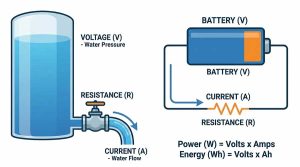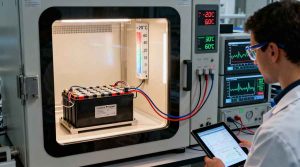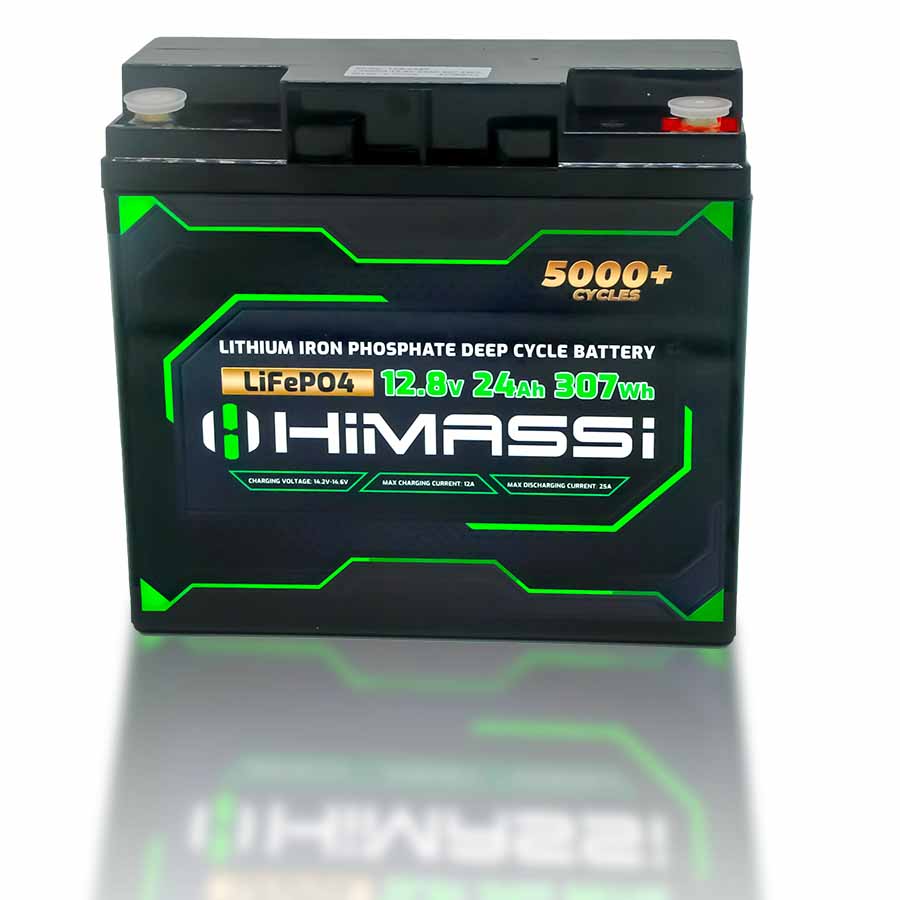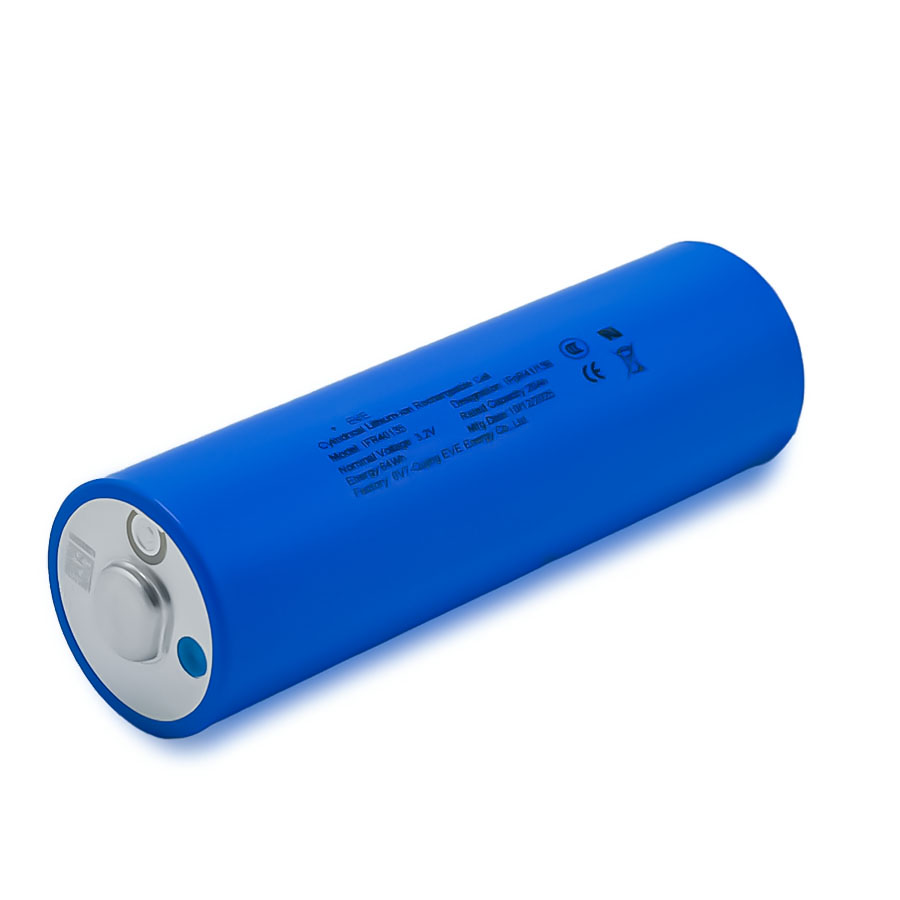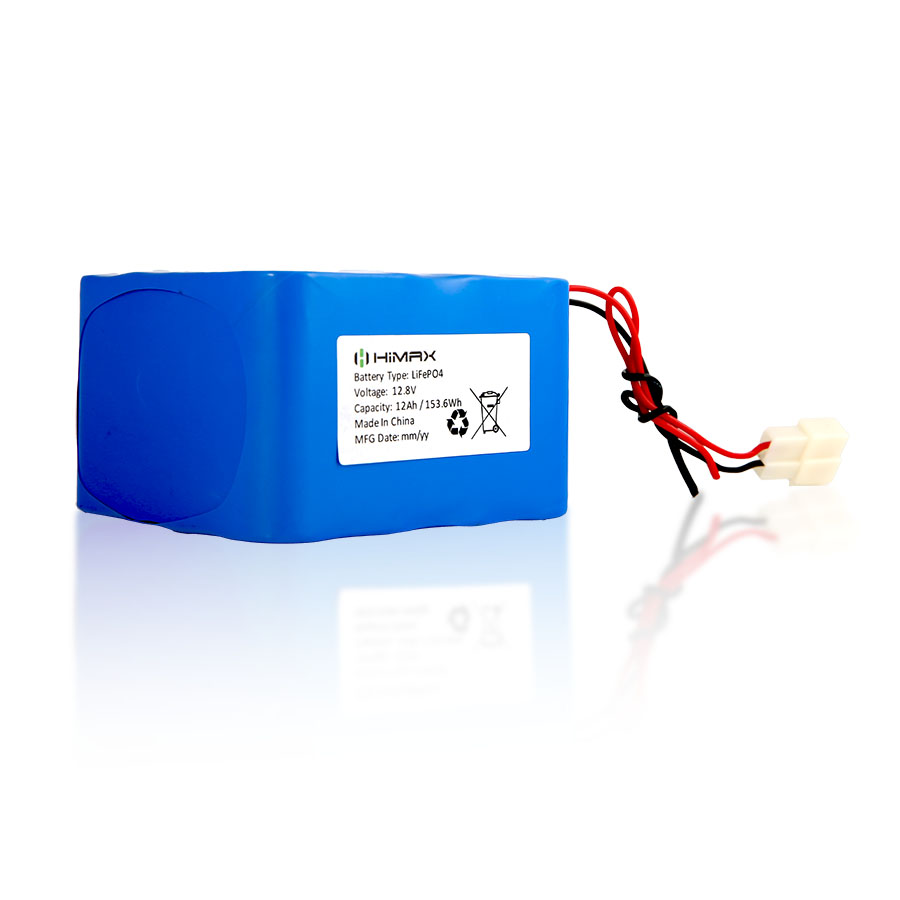In the fast-evolving world of portable electronics, LiPO batteries (Lithium Polymer batteries) have become a crucial power source for drones, RC cars, robotics, and even professional tools. While larger-capacity batteries might seem more powerful, LiPO batteries under 6000mAh continue to dominate many industries due to their balance of weight, performance, and safety. Let’s explore why smaller-capacity LiPO batteries remain practical — and in many cases, preferable.
A LiPO battery is a rechargeable power cell that uses lithium-ion technology with a polymer electrolyte instead of a liquid one. This makes it lightweight, flexible in shape, and capable of high energy density. These batteries are popular in consumer electronics, remote-controlled devices, and electric tools due to their excellent discharge rates and compact designs.
Unlike traditional lithium-ion batteries, LiPO batteries can deliver higher burst currents, making them ideal for high-performance applications that require instant energy delivery. However, capacity (measured in milliamp-hours or mAh) plays a big role in determining how long a battery can power a device.
Why Bigger Isn’t Always Better
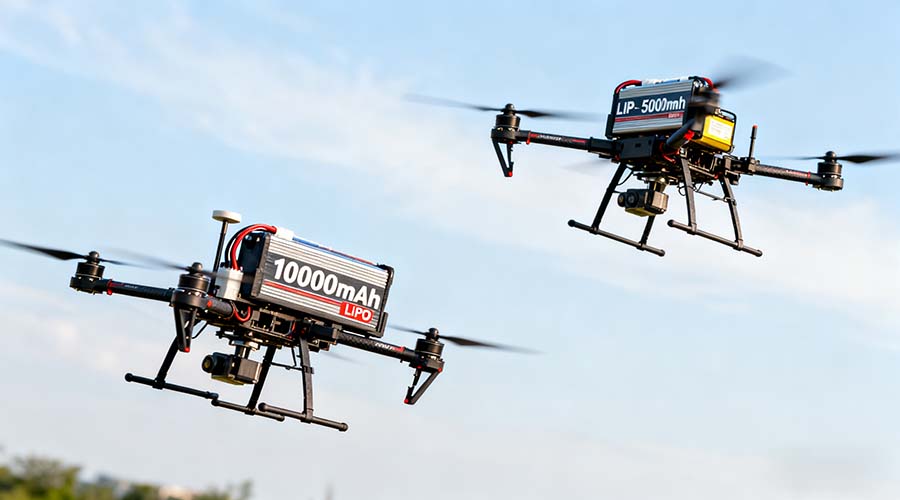
At first glance, it might seem logical that a higher capacity battery is better. A 10,000mAh LiPO battery would theoretically last longer than a 6000mAh one. But the reality is more complex.
Higher-capacity batteries are often heavier and bulkier. In devices like drones or RC cars, that added weight significantly reduces performance and agility. For drones, extra weight can reduce flight time and make maneuvering more difficult. For RC cars, it can increase wear on motors and reduce acceleration.
Therefore, engineers often prefer LiPO batteries under 6000mAh because they strike the perfect balance between performance, weight, and efficiency.
The Weight-to-Performance Advantage
The weight-to-performance ratio is one of the main reasons why 6000mAh LiPO batteries are practical.
A smaller battery reduces the total weight of the device, allowing for faster acceleration and better control. In drones, this means smoother handling and longer airtime per charge cycle, since less energy is wasted lifting excess weight.
For example, racing drone enthusiasts frequently use 4S or 6S LiPO batteries around 1500mAh to 3000mAh. These capacities provide optimal balance between power output and flight time. Increasing the battery size to 6000mAh or beyond would add unnecessary weight, offsetting the benefits.
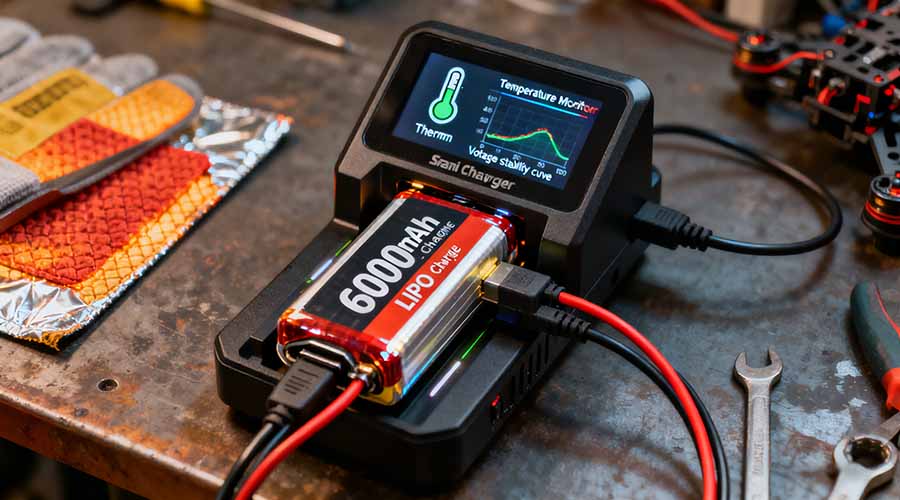
Safety is another major reason smaller LiPO batteries remain relevant.
Higher-capacity batteries tend to generate more heat during charge and discharge cycles. Excessive heat increases the risk of thermal runaway, a condition that can cause fires or explosions if the battery is damaged or overcharged.
LiPO batteries under 6000mAh are generally safer to use, easier to manage thermally, and less prone to overheating. This makes them ideal for consumer-grade applications where safety and reliability matter most.
Additionally, these batteries are simpler to maintain. They charge faster, discharge evenly, and are less demanding on charging circuits, prolonging the overall lifespan of both the battery and the device.
Compact Devices Require Compact Power Solutions

Another practical reason is device size. Modern electronics are becoming smaller and lighter, and power sources must follow suit. A compact LiPO battery with a capacity of around 3000mAh to 6000mAh fits well into tight enclosures while still providing sufficient power.
Manufacturers of drones, RC planes, wearable tech, and handheld tools choose LiPO batteries in this range because they deliver enough current without compromising the device’s compact design.
For instance, a small 5000mAh LiPO pack can easily fit inside a drone’s fuselage or an RC car’s chassis, maintaining balance and stability — both critical for performance
Energy efficiency is often misunderstood when it comes to batteries. A smaller LiPO battery may actually perform better under specific loads because of its optimized discharge rate.
LiPO batteries with lower capacities often feature higher C-ratings, meaning they can deliver higher current bursts when needed. This is vital for applications requiring short, powerful energy spikes, such as drone motors during takeoff or racing vehicles during acceleration.
In other words, a 5000mAh battery with a 60C rating might outperform a 9000mAh battery with a 30C rating in a high-performance scenario. Thus, smaller-capacity LiPO batteries can actually deliver superior efficiency and responsiveness.
Smaller LiPO batteries are generally more affordable and widely available.
For hobbyists, using a 6000mAh or smaller pack means reduced upfront costs, lower shipping weights, and easier replacements. In case of battery failure, it’s also less expensive to replace a smaller-capacity unit than a larger one.
Additionally, many battery chargers and management systems are optimized for LiPO batteries below 6000mAh, making maintenance easier and safer for beginners and professionals alike.
A larger-capacity LiPO battery requires longer charging times and a more powerful charger, increasing both waiting time and risk. Smaller batteries charge faster and can be easily balanced, ensuring each cell maintains equal voltage.
This not only saves time but also enhances battery longevity. With LiPO batteries under 6000mAh, users can complete multiple charge-and-use cycles per day, improving productivity in industrial, professional, or recreational environments.
Ideal for Modular Applications
Many devices now use modular battery systems, where multiple smaller batteries can be swapped or connected to extend runtime.
Using 6000mAh LiPO batteries makes this modular design practical. Instead of one large, heavy battery, several smaller packs can be used in rotation. This flexibility allows for better cooling, easier transport, and quick replacement during use — particularly important in drones, field tools, and remote monitoring systems.
Environmental and Longevity Considerations
Smaller-capacity LiPO batteries are more environmentally sustainable because they typically experience fewer deep-discharge cycles. This extends their lifespan and reduces waste.
Moreover, the manufacturing process for smaller batteries consumes fewer materials, which helps reduce the carbon footprint of production. When used properly — charged at the correct voltage and stored safely — a 6000mAh LiPO battery can maintain strong performance for hundreds of cycles.
Applications Where 6000mAh or Lower LiPO Batteries Excel
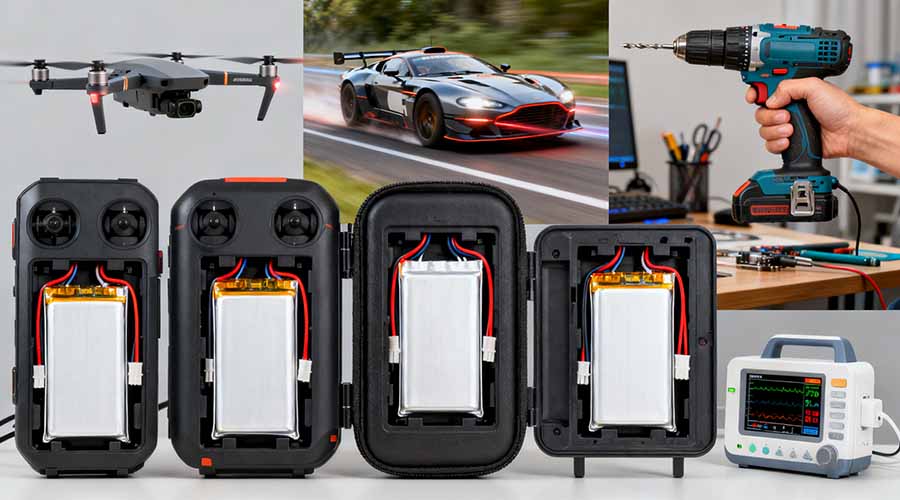
Here are some examples of where LiPO batteries under 6000mAh outperform larger alternatives:
- Drones – Lightweight design improves lift efficiency and flight stability.
- RC Cars and Boats – Reduced weight enhances speed, control, and acceleration.
- Handheld Tools – Compact power for cordless drills, soldering tools, and testing equipment.
- Robotics – Balanced energy output for small mobile robots and robotic arms.
- Medical Devices – Stable, safe, and compact power for portable medical instruments.
These examples demonstrate how the right LiPO battery capacity can optimize both device performance and safety.
HIMAX: Powering Innovation with Reliable LiPO Batteries
When it comes to high-quality LiPO batteries, HIMAX is one of the world’s most trusted manufacturers. HIMAX specializes in the research, design, and production of advanced LiPO battery solutions for drones, RC vehicles, robotics, and industrial tools. Every HIMAX battery is engineered for maximum safety, consistency, and performance.
Whether you need a lightweight 3000mAh pack for your drone or a power-dense 6000mAh battery for industrial use, HIMAX provides reliable energy solutions backed by cutting-edge technology and strict quality control. Choose HIMAX — where innovation meets power.
Find articles related to lipo batteries





